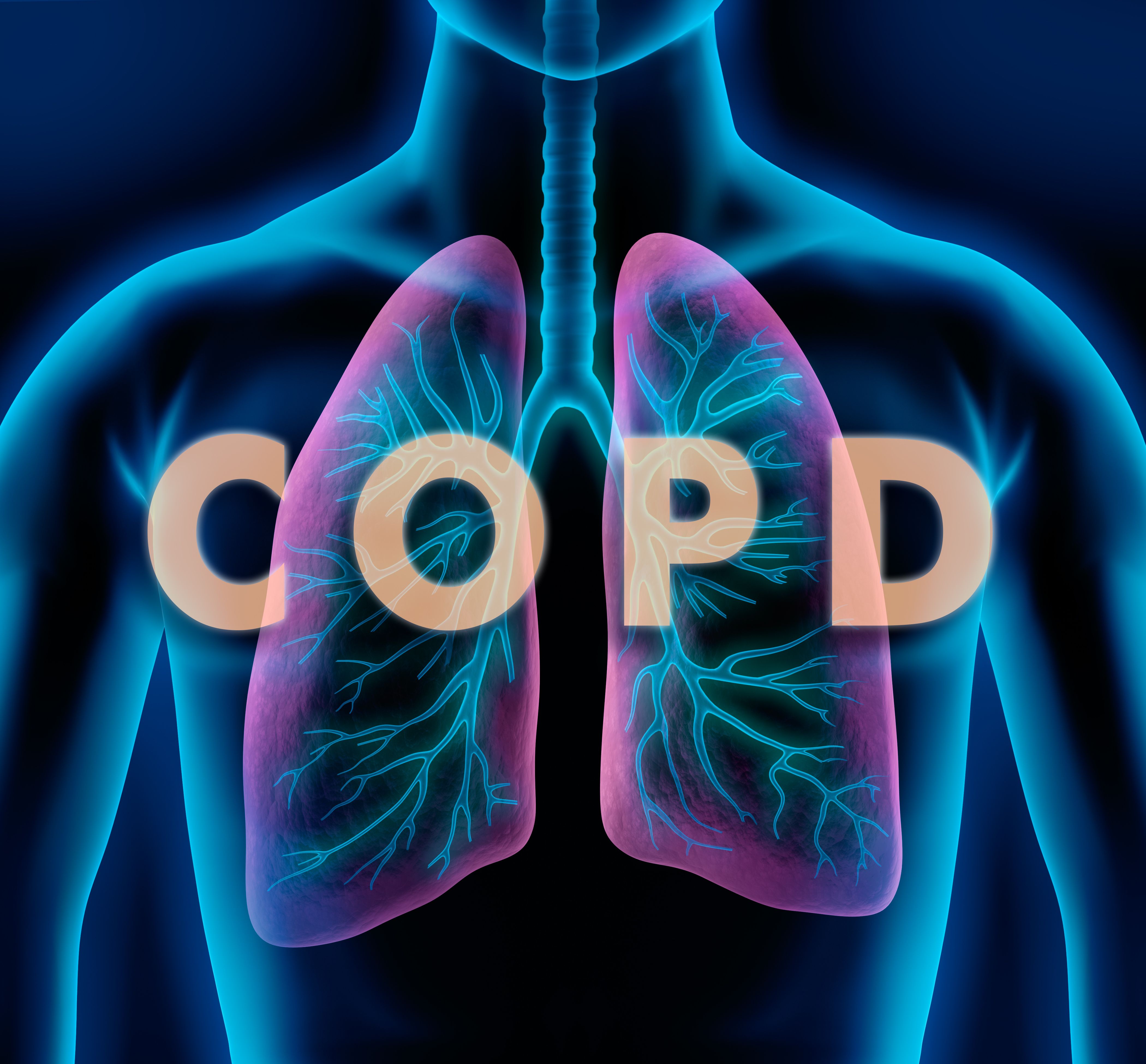News
Article
Study: Most Patients With COPD Remain Untreated Following Initial Diagnosis
Author(s):
Most patients with chronic obstructive pulmonary disease (COPD) remain untreated after diagnosis, leading to frequent exacerbations.
Most patients with chronic obstructive pulmonary disease (COPD) were untreated at diagnosis and remained so during follow-up, resulting in frequent exacerbations and highlighting gaps in treatment guideline adherence, according to a study published in BMC Pulmonary Medicine.1
After COPD diagnosis, prompt and effective single or dual bronchodilation management is recommended to prevent exacerbations and optimize lung function.2 However, previous analyses found that 59% to 71% of patients are not prescribed maintenance pharmacological therapy at diagnosis.
Similarly, most patients with COPD typically receive treatment from a primary care provider.3 The providers' lack of awareness of COPD guidelines may delay diagnoses and, therefore, the progression to secondary care.1 Despite this, the potential impact of delaying optimal treatment on care utilization and exacerbations remains unclear.
Consequently, the researchers analyzed exacerbation frequency in patients newly diagnosed with COPD throughout the first 4 years post-diagnosis. They also specifically reported on exacerbation outcomes for those who did not receive guidelines-based therapies after diagnosis, along with pharmacological intervention treatment patterns.
Most patients with chronic obstructive pulmonary disease (COPD) remain untreated after diagnosis, leading to frequent exacerbations. | Image Credit: peterschreiber.media - stock.adobe.com

To conduct the study, the researchers used deidentified data from the Inovalon administrative claims database between January 1, 2015, and December 31, 2021. The Inovalon database includes information on over 150 million insured US patients between 2015 and 2021; patients were covered by commercial insurance, Medicaid Managed Care, or Medicare Advantage.
Patients from the database were included in the study if they received a COPD diagnosis between January 1, 2016, and December 31, 2017, and were 40 years or older at diagnosis. They also needed continuous medical and prescription insurance enrollment for 12 months in the pre-index period up until either 4 years post-index date or death.
The study population consisted of 238,158 patients, with a mean (SD) of 63.8 (22.2) years. Most patients were female (52.9%), resided in the South (40.5%), and insured by Medicaid Managed Care (46.2%). Also, 61,516 (25.8%) and 32,935 (13.8%) patients experienced moderate and severe exacerbations during follow-up, respectively.
Overall, 32,981 (13.8%) patients were treated within 30 days of COPD diagnosis, 53,187 (22.3%) received treatment during follow-up post-diagnosis, and 151,990 (63.8%) remained untreated during the follow-up period. Therefore, most patients (n = 205,177; 86.2%) were untreated at diagnosis.
Exacerbations were most common among patients treated compared to those who remained untreated. More specifically, 44.7% and 23.9% of patients treated at diagnosis had moderate and severe exacerbations, respectively. Conversely, 46.5% and 26.6% of those treated during follow-up had moderate and severe exacerbations, respectively.
Patients who experienced moderate and severe exacerbations were predominately female (57.0% and 56.5%, respectively), residing in the South (44.4% and 41.7%), aged between 55 and 64 years (40.2% and 41.0%), and insured by Medicaid Managed Care (32.1% and 41.7%). Conversely, no clear differences existed between patients who experienced moderate or severe exacerbation types.
The researchers noted that exacerbations occurred most often in the first year post-COPD diagnosis, trending downward following the first year. More specifically, in year 1, 43.2% of patients had a moderate exacerbation, decreasing to 30.8% in year 4. Similarly, 41.8% of patients had severe exacerbations in year 1, decreasing to 27.0% in year 4.
Of those who received a short-acting prescription at diagnosis (40.4%; n = 96,258), 15.4% (36,610) received a long-acting prescription during follow-up while 25.0% (n = 59,648) remained on short-acting treatment. The median time to the first long-acting treatment prescription among these patients was 6.0 months (IQR, 1.0-19.0).
Patients prescribed a long-acting treatment during follow-up were prescribed long-acting beta-agonist (LABA) + ICS (61.2%), long-acting muscarinic antagonist (LAMA) monotherapy (23.5%), LAMA + LABA (12.0%), LABA monotherapy (1.7%), or triple therapy (1.6%).
By the end of year 1, 13.2% of those untreated at diagnosis (n = 205,177 received some form of treatment (LABA + ICS, 63.7%; LAMA monotherapy, 25.5%; LAMA + LABA, 9.1%; LABA monotherapy, 1.5%; triple therapy, 0.1%). Similarly, 3.7% of those previously untreated (n = 157,896) received treatment by the end of year 4 (LABA + ICS, 58.8%; LAMA monotherapy, 18.6%; LAMA + LABA, 15.9%; triple therapy, 5.6%; LABA monotherapy, 1.1%).
Lastly, of those who received maintenance therapy at diagnosis, the most popular was LABA + ICS (62.0%). This remained the most common treatment at the end of years 1 (64.0%), 2 (60.0%), 3 (58.0%), and 4 (58.0%).
The researchers acknowledged their limitations, including using claims data as most measures were based on health care utilization. Consequently, they may have introduced a selection bias since patients had to seek treatment in a health care setting to be included in the study. However, the researchers suggested areas for further research based on their finding that providers often disregard the recommended COPD treatment guidelines of using LABA or LAMA alone or in combination.
“Understanding the reasons behind the noted prescribing patterns in this study would be essential for improving the quality of life and overall patient journey of patients newly diagnosed with COPD,” the authors concluded.
References
- Anzueto A, Rogers S, Donato B, et al. Treatment patterns in patients with newly diagnosed COPD in the USA. BMC Pulm Med. 2024;24(1):395. doi:10.1186/s12890-024-03194-4
- 2024 GOLD report. Global Initiative for Chronic Obstructive Lung Disease - GOLD. Published 2024. Accessed August 19, 2024.https://goldcopd.org/2024-gold-report/
- Criner RN, Han MK. COPD care in the 21st century: a public health priority. Respir Care. 2018;63(5):591-600. doi:10.4187/respcare.06276




